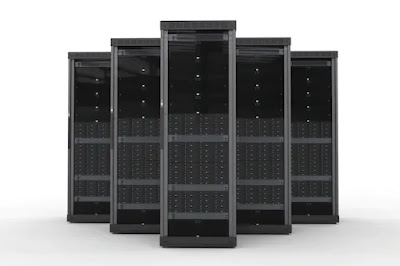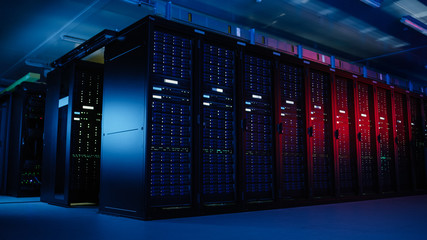Career as a Data Scientist

Being a Data Scientist As a data scientist, you'll be responsible for collecting, analyzing, and interpreting large sets of data to extract valuable insights and inform decision making. You'll use a variety of tools and techniques, including programming languages, statistical analysis, and machine learning, to extract and manipulate data, and then communicate your findings to a variety of audiences. Some specific tasks you might perform as a data scientist include: Collecting and cleaning data from a variety of sources Analyzing data using statistical techniques and machine learning algorithms Developing and implementing data-driven solutions to business problems Visualizing and presenting data in a clear and compelling way Collaborating with cross-functional teams, such as product managers, engineers, and marketing professionals Staying up to date with the latest trends and developments in the field To succeed as a data scientist, you'll need a strong foundation in math,...





.jpg)


